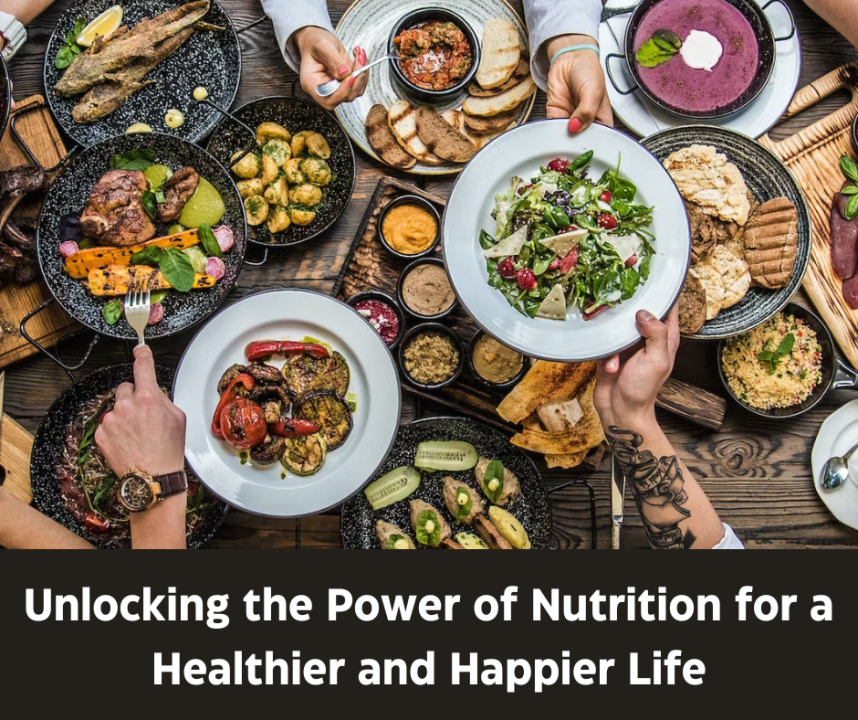Wellhealthorganic.com: Eat Your Peels: Unlocking The Nutritional Benefits When it comes to fruits and vegetables, we often focus on the juicy flesh while disregarding the nutrient-rich peels. However, recent studies have shown that peels pack a powerful punch of vitamins, minerals, and antioxidants. In this article, we’ll delve into the nutritional benefits of eating peels and explore why you should consider incorporating them into your diet.
Nutritional Value of Peels:
Fruit and vegetable peels are treasure troves of essential nutrients. They contain high concentrations of vitamins, minerals, and dietary fiber, making them a valuable addition to any diet. For example, apple peels are rich in antioxidants like quercetin and catechins, while citrus peels boast high levels of vitamin C and flavonoids.
Health Benefits:
Consuming peels offers a myriad of health benefits. Their antioxidant properties help neutralize harmful free radicals in the body, reducing the risk of chronic diseases such as heart disease and cancer. Additionally, the fiber found in peels aids digestion, promotes satiety, and supports gut health. Peels also contain essential vitamins and minerals that are vital for overall well-being.
Common Fruits and Vegetables with Edible Peels:
Not all peels are safe to eat, but many are perfectly edible and nutritious. Some common fruits and vegetables with edible peels include apples, pears, cucumbers, carrots, and potatoes. By incorporating these peels into your diet, you can enhance your nutritional intake and reduce food waste.
Preparation Methods:
Before consuming peels, it’s essential to wash them thoroughly to remove any dirt or pesticides. Peels can be eaten raw, cooked, or blended into smoothies for an added nutritional boost. When cooking with peels, consider leaving them on for added flavor and texture.
Recipes and Ideas:
Get creative with how you use peels in your cooking. Add citrus zest to salads or baked goods for a burst of flavor. Use potato peels to make crispy chips or roasted snacks. You can even pickle cucumber peels for a tangy and refreshing treat. The possibilities are endless!
Safety Concerns:
While many peels are safe to eat, it’s essential to exercise caution and avoid consuming peels that may be contaminated with pesticides or other harmful chemicals. Whenever possible, opt for organic produce or thoroughly wash and peel fruits and vegetables before eating them.
Environmental Benefits:
In addition to their nutritional value, eating peels can also have positive environmental implications. By using the entire fruit or vegetable, you can reduce food waste and minimize your carbon footprint. Plus, composting peels can help enrich soil and promote sustainable gardening practices.
Also Read: Thesparkshop.in: Product Earbuds for Gaming Low Latency Gaming wireless Bluetooth Earbuds
Conclusion:
Incorporating peels into your diet is a simple and effective way to boost your nutritional intake and support overall health. With their abundance of vitamins, minerals, and antioxidants, peels offer a host of benefits for both you and the environment. So next time you reach for a piece of fruit or a vegetable, don’t forget to eat the peel!
